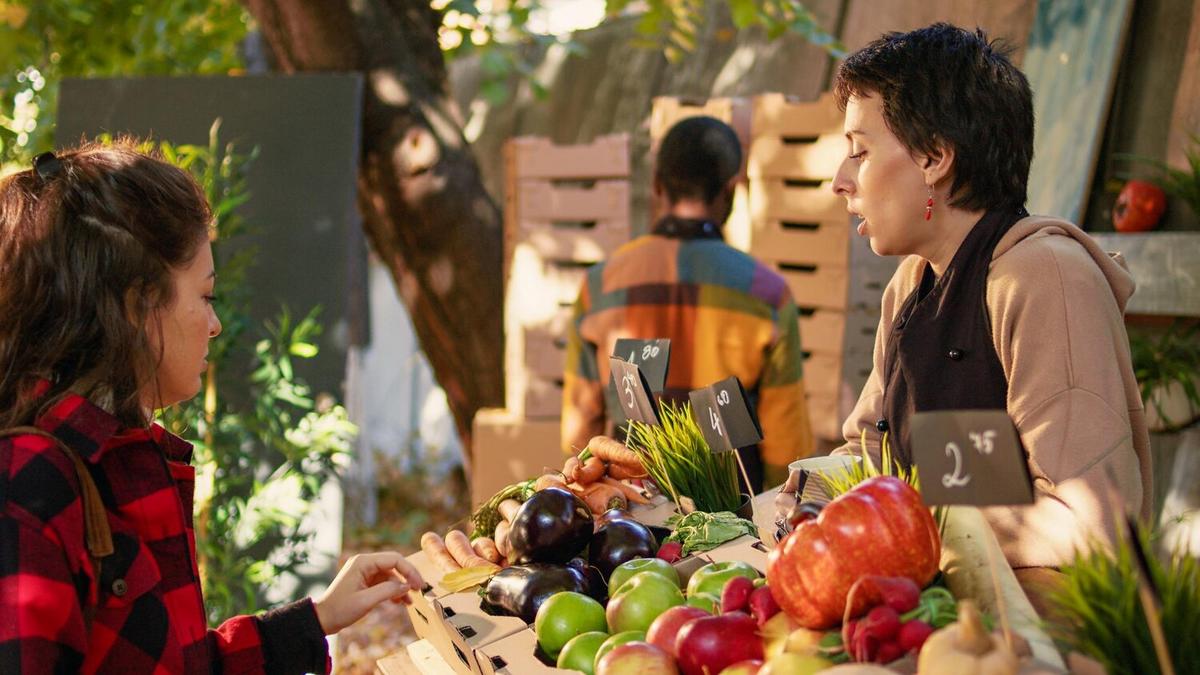
Food Blogging 101: How to Start Your Own Digital Cooking Journey
Embarking on the world of food blogging can be both exciting and daunting, as it allows you to share your culinary creations with a global audience while navigating the digital landscape.
Getting Started with Food Blogging
Food blogging is a unique way to combine a passion for cooking with digital storytelling. Whether you’re a seasoned chef or a home cook, starting a food blog can be a rewarding venture. According to a report by Statista, the number of food bloggers worldwide reached an estimated 16,000 in 2020, reflecting the growing interest in this niche.
Crafting Your Niche
Identifying a unique niche can set your food blog apart. Consider focusing on a particular cuisine, dietary lifestyle, or cooking technique. Renowned food blogger and author, David Lebovitz, emphasizes, “Finding your niche is crucial as it helps build a dedicated audience.”
Essential Tools and Platforms
Choosing the right platform is essential. Popular options include WordPress and Squarespace for their user-friendly interfaces. Additionally, investing in a good camera or smartphone with a high-quality lens can significantly improve the visual appeal of your blog.
| Platform | Pros | Cons |
|---|---|---|
| WordPress | Highly customizable, large community support | Steeper learning curve |
| Squarespace | User-friendly, all-in-one solution | Limited customization |
| Wix | Easy drag-and-drop, great templates | Less flexibility in design |
| Blogger | Free, simple interface | Basic templates, fewer features |
Creating Engaging Content
Your content should be informative and engaging. Use a mix of recipes, cooking tips, and personal stories to connect with your audience. For example, sharing a story about a family recipe can engage readers on a personal level.
Monetizing Your Blog
Once your blog gains traction, consider monetizing through ads, sponsored posts, or affiliate marketing. According to a survey by Food Blogger Pro, 73% of food bloggers earn income from their blogs, with ads being the most common revenue stream.
FAQ
What is the best platform for food blogging?
WordPress is highly regarded for its customization options, but Squarespace is ideal for beginners.
How can I increase my blog’s visibility?
Focus on SEO, engage with your audience on social media, and collaborate with other bloggers.
Conclusion
Starting a food blog is a journey that involves creativity, dedication, and a love for food. By finding your niche, investing in the right tools, and creating engaging content, you can carve out a space in the digital cooking world. Remember, consistency is key, and with time, your blog can become a cherished resource for food enthusiasts.


